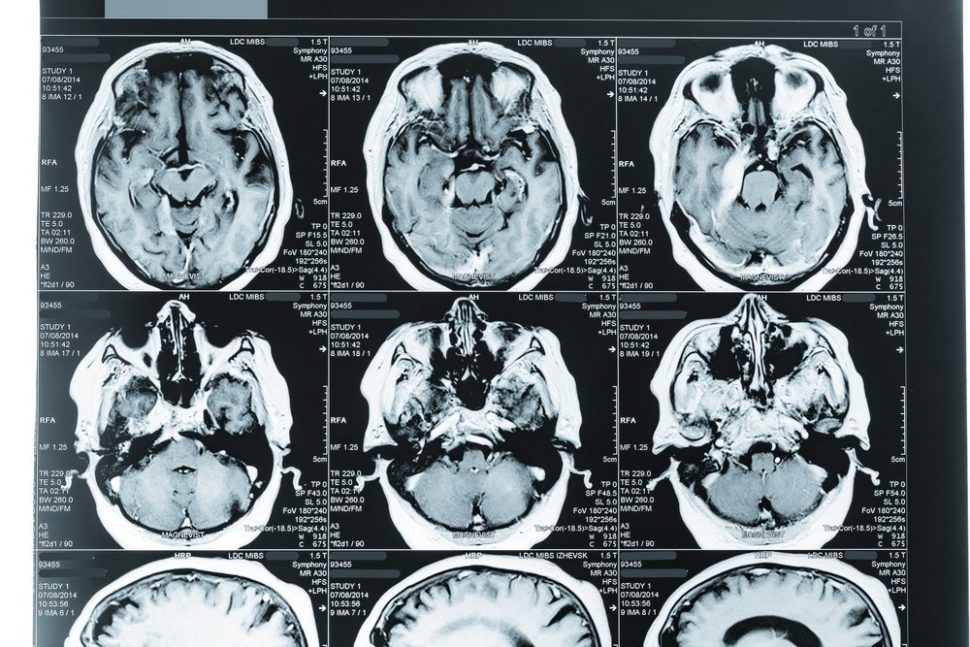Technologies used in modern medicine are more advanced every day, but limitations still exist. As many currently incurable diseases are the result of molecular malfunctions in the body, quantum nano-MRIs would allow scientists to see how these diseases interact with the body in more detail than ever. With a literally clearer picture of how the disease affects cellular components, researchers can develop more effective drug therapies.
Conventional MRI
Traditional magnetic resonance imaging (MRI) utilizes large magnets to render 3D images. An MRI scan is a common procedure used by hospitals around the world. MRI uses a strong magnetic field and radio waves to create detailed images of the organs and tissues within the body.

Traditional MRIs are also an improvement on the positron emission tomography (PET) and computerized axial tomography (CAT) scans which utilize harsh iodine contrast dye. Quantum nano-MRIs would avoid that type of potentially damaging exposure for patients who need diagnostic imaging.
The New Quantum nano-MRI
Physics professor Loyd Hollenberg at the University of Melbourne led a team of researchers using the new quantum nano-MRI method. Lead author Viktor Perunicic tells Phys.org, regarding the team’s paper published in the journal Nature Communications, “the diseases that humanity is facing today are microscopic, as they originate from malfunctions on the molecular level, for example, a protein of a deformed shape somewhere in a cell. Cancer, diabetes, viral infections and many others have this in common, yet at present, there is almost no means to see what is happening inside our bodies at this level.”
The quantum nano-MRI works by bringing “magnetic resonance imaging to the atomic scale.” Meaning it will able to create a more detailed picture of cells on an atomic level. As Professor Hollenberg says, “The ability to image the atomic structure of molecules in their native cellular environments is vital to both understanding disease’s origin and finding its cure.”
Radiologists, whose job it is to interpret MRI scans, will be able to zero in on the exact origins of diseases. Hopefully, this greater vision will improve disease cure rates.
The quantum nano-MRI works by bringing the 'magnetic resonance imaging to the atomic scale.'Click To TweetCheck out Professor Lloyd Hollenberg’s Quantum Science and Technology page for more detailed information.
Benefits of the Quantum Method
The time dedicated to scanning MRI images will shrink with quantum technology. Currently, processing time can be around 175 hours. Researchers claim that over time and with further research that number will be greatly reduced.
This method could lighten the heavy workload on radiologists. More importantly, improved treatment responses and cure rates will benefit patients with time-sensitive diagnoses like cancer.
The advent of new quantum nano-MRIs could lower the total costs of healthcare as well as mortality rates for several diseases.















Investment is one of the best ways to achieve financial freedom. For a beginner there are so many challenges you face. It’s hard to know how to get started. Trading on the Cryptocurrency market has really been a life changer for me. I almost gave up on crypto at some point not until saw a recommendation on Elon musk successfully success story and I got a proficient trader/broker Mr Bernie Doran , he gave me all the information required to succeed in trading. I made more profit than I could ever imagine. I’m not here to converse much but to share my testimony; I have made total returns of $10,500.00 from an investment of just $1000.00 within 1 week. Thanks to Mr Bernie I’m really grateful,I have been able to make a great returns trading with his signals and strategies .I urge anyone interested in INVESTMENT to take bold step in investing in the Cryptocurrency Market, he can also help you RECOVER your lost/stolen Cryptocurrencies. you can reach him on WhatsApp : + 1 (424) 285 – 0682 or his Gmail : BERNIEDORANSIGNALS @ GMAIL . COM bitcoin is taking over the world, tell him I referred you..